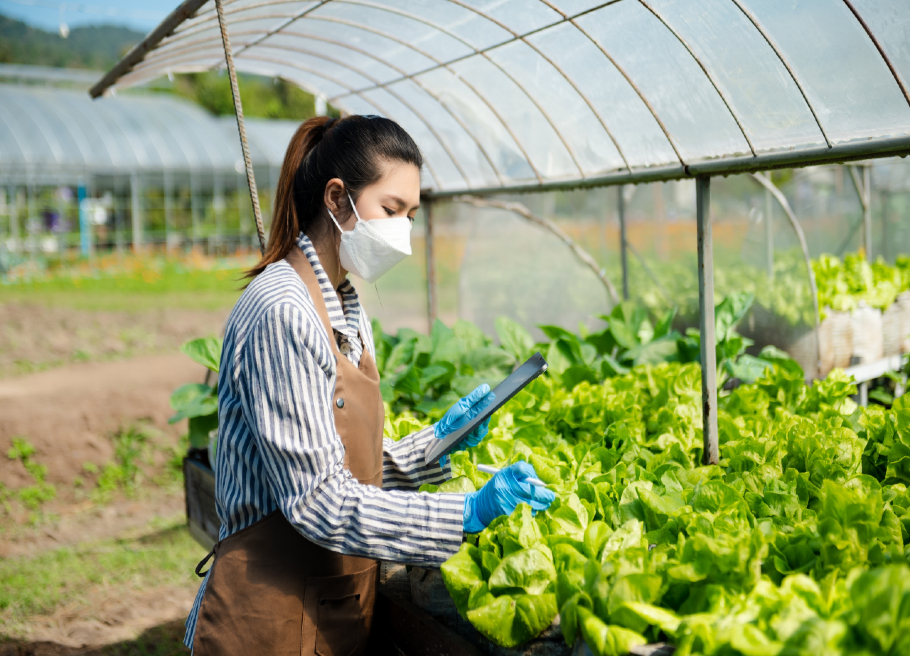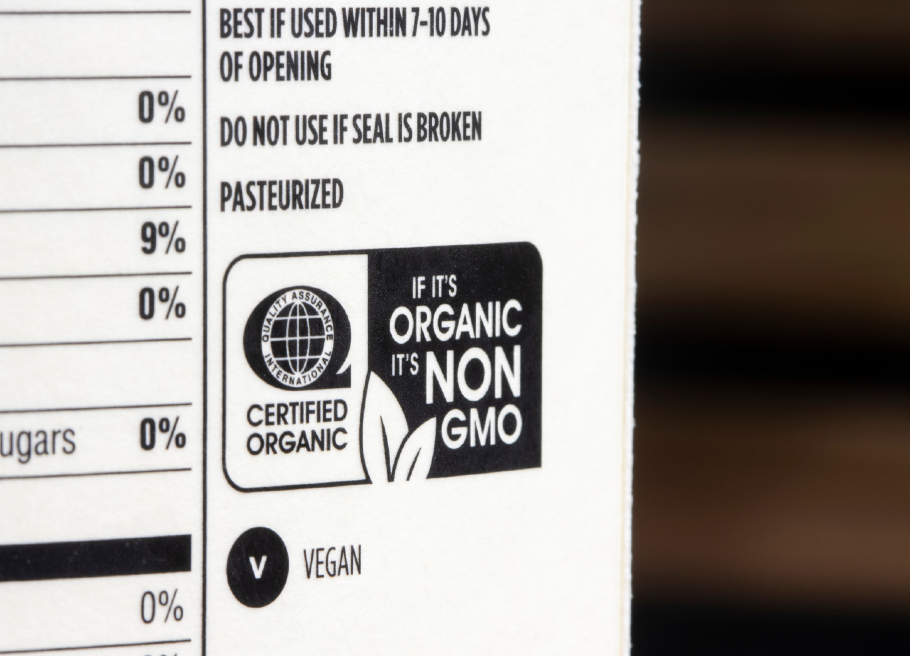FSVP: Bridging the Gap Between Domestic and Imported Food Standards
By Jennifer Crandall
In 2011, the United States signed into law the Food Safety Modernization Act (FSMA) to shift the from reactive food safety to proactive food safety. These laws address broader areas in the evolving food chain, including importers. In 2016, the Foreign Supplier Verification Program (FSVP) rule for Importers of Food for Humans and Animals went into effect, which holds foreign food suppliers to the same standards required of domestic foods.
What is an FSVP importer?
When the law was in draft, there was a lot of confusion about the requirements, specifically the definition of an importer. The FDA and the US Customs and Border Protection (CBP) definitions are slightly different, and the legal liability of the safety of the food imported falls on who is defined as an FSVP importer. Often, more than one entity can act as an importer. It is important to know the FSVP importer is either the US Customer or US Consignee. If one is not named when the food is imported, a US agent must be assigned the responsibility for the safety of the food. Also, all entities (e.g. US Customer, US Consignee, or US Agent) must reside in and be an established entity in the United States. Additionally, they must understand what responsibility they are taking on and how to become compliant.
It is important to know the FSVP importer is either the US Customer or US Consignee. If one is not named when the food is imported, a US agent must be assigned the responsibility for the safety of the food.
Foreign Supplier Verification Program Compliance
Here are a few things you’ll need to do to meet the requirements of the law if you are FSVP importer:
Identify the FSVP importer – The only entities to be named as FSVP importer are the US Customer, the US Consignee, or if those do not exist, a US agent. Work with the supply chain to determine who accepts the FSVP importer responsibilities and get it in writing. Do not assume the US Customer accepts the responsibility.
Establish a Written Plan – This is a Standard Operating Procedure for how your FSVP is managed. Though it is a part of your Supplier Management Program, FSVP should be separate because you don’t want the entire policy under scrutiny when inspected. Include a form to consolidate your verification and evaluation activities into 1 or 2 documents for easy inspections.
Hazard Analysis/Verify – Food safety hazards for imported food items must be identified and determined if reduced to acceptable levels. If hazards are not mitigated by the foreign supplier(s), the US FSVP importer must ensure controls (e.g., label claims, further processing/treatment, etc.) are taken and verify the product is safe for consumption. This analysis must be done by a qualified individual, or QI, who is knowledgeable in food safety practices and the hazards related to the foods. Translation to English might be required depending on the QI’s native language. We do not recommend assuming the QI can be the quality manager at the foreign supplier site. It should be someone who understands US laws and food safety practices, and is separate from the foreign supplier. Otherwise, it is like the fox watching the hen house.
Evaluation – The foreign supplier must be evaluated for each product they produce to ensure that the appropriate food safety practices are in place to control the identified hazards. They also need to be in good standing with the FDA and other regulatory agencies.
Approved Supplier List – A list of approved suppliers must be maintained. This can be a policy that includes enterprise resource planning (ERP) tools. The supplier must also be continuously monitored for food safety incidents, something that’s often overlooked in policy.
Corrective Actions – If a food safety incident occurs (e.g., FDA import alerts, warning letters, recalls, etc.), the US FSVP importer must conduct corrective action(s) and determine next steps, which might mean no longer using the foreign supplier.
Record-Keeping – Maintain documentation for up to 2 years after the import date. That date might occur after you last verified the product. Writing your retention policies to accommodate that time frame helps ensure proper record-keeping programs.
Re-Evaluate – Verification is required every 3 years for active imports.
In summary, the FSVP importer program is easy to manage as part of your Supplier Compliance Management Program. You must have a QI with food safety background involved in the process.
About the Author:
Jennifer Crandall is the founder and CEO of Safe Food En Route, LLC, a food safety consulting firm that specializes in food safety, quality assurance, and supplier verification. Crandall’s experience includes 8 years in dairy and juice manufacturing and 12 years at Kroger in their Corporate Technology and Sourcing departments. Crandall also makes space for being a regular guest lecturer and alumni contact for Purdue University Food Science students, a guest lecturer for Fresno State University, and has served on the Curriculum Advisory Committee for Cincinnati State’s recently approved Culinary Arts and Applied Food Science Bachelor of Arts program.

-
 FeaturedRisk management
The Cost of a Breach: What a Cyberattack Could Mean for Food Safety Recalls
FeaturedRisk management
The Cost of a Breach: What a Cyberattack Could Mean for Food Safety Recalls
-
 FeaturedRisk management
Securing the Food Chain: How ISO/IEC 27001 Strengthens Cybersecurity
FeaturedRisk management
Securing the Food Chain: How ISO/IEC 27001 Strengthens Cybersecurity
-
 FeaturedRisk management
Revolutionizing Food Safety Training: Breaking Out of the “Check-the-Box” Mentality
FeaturedRisk management
Revolutionizing Food Safety Training: Breaking Out of the “Check-the-Box” Mentality
-
 GFSI Standards
GFSI 2025: Building Trust, Tech-Forward Solutions, and Global Unity in Food Safety
GFSI Standards
GFSI 2025: Building Trust, Tech-Forward Solutions, and Global Unity in Food Safety
-
 FeaturedFood Safety
Integrated Pest Management: Strategies to Protect Your Brand’s Reputation
FeaturedFood Safety
Integrated Pest Management: Strategies to Protect Your Brand’s Reputation
-
 FeaturedFood Safety Culture & Training
No Open Door Policy: Challenges That Impact Pest Control in Food Processing Plants
FeaturedFood Safety Culture & Training
No Open Door Policy: Challenges That Impact Pest Control in Food Processing Plants




